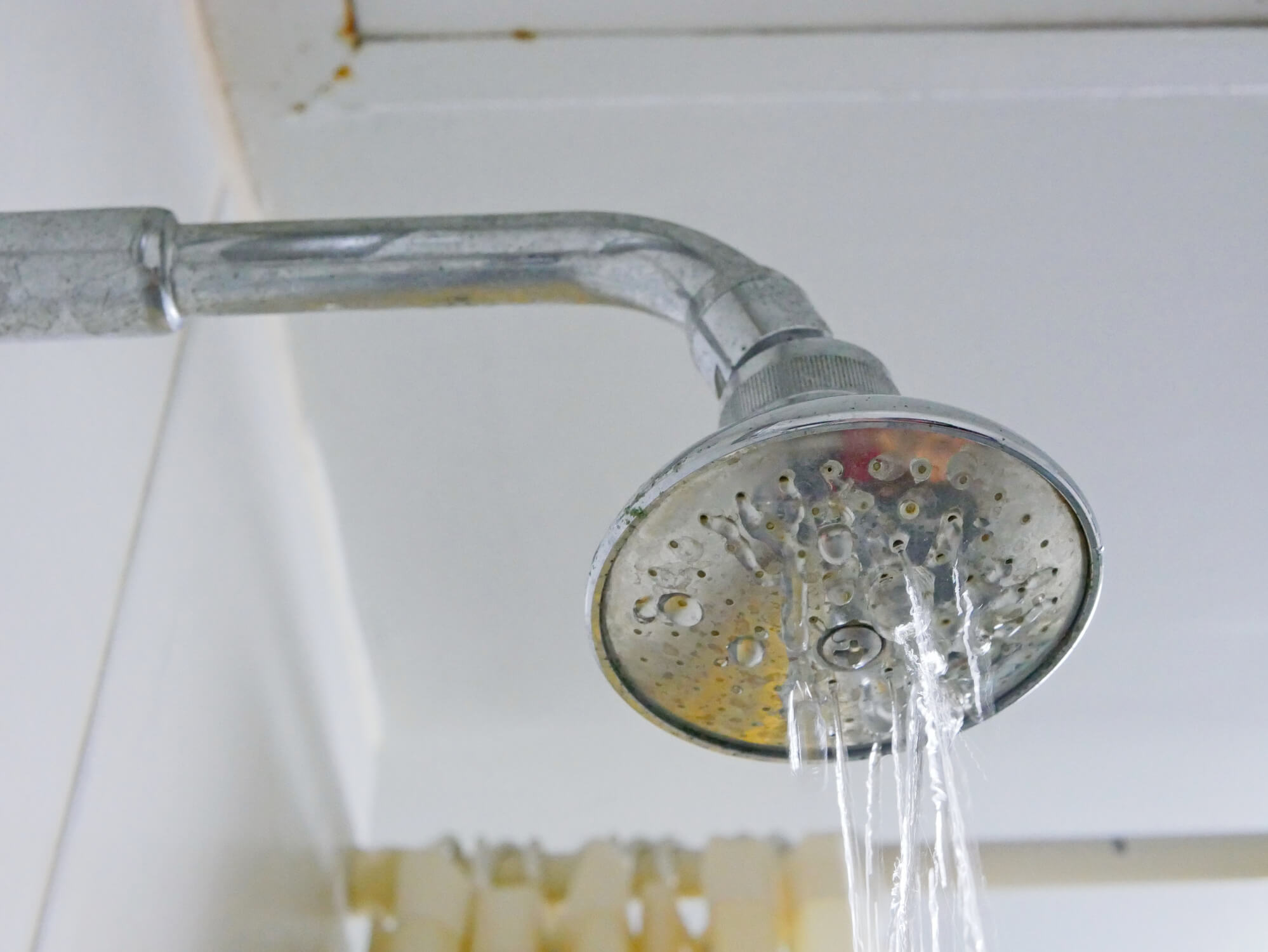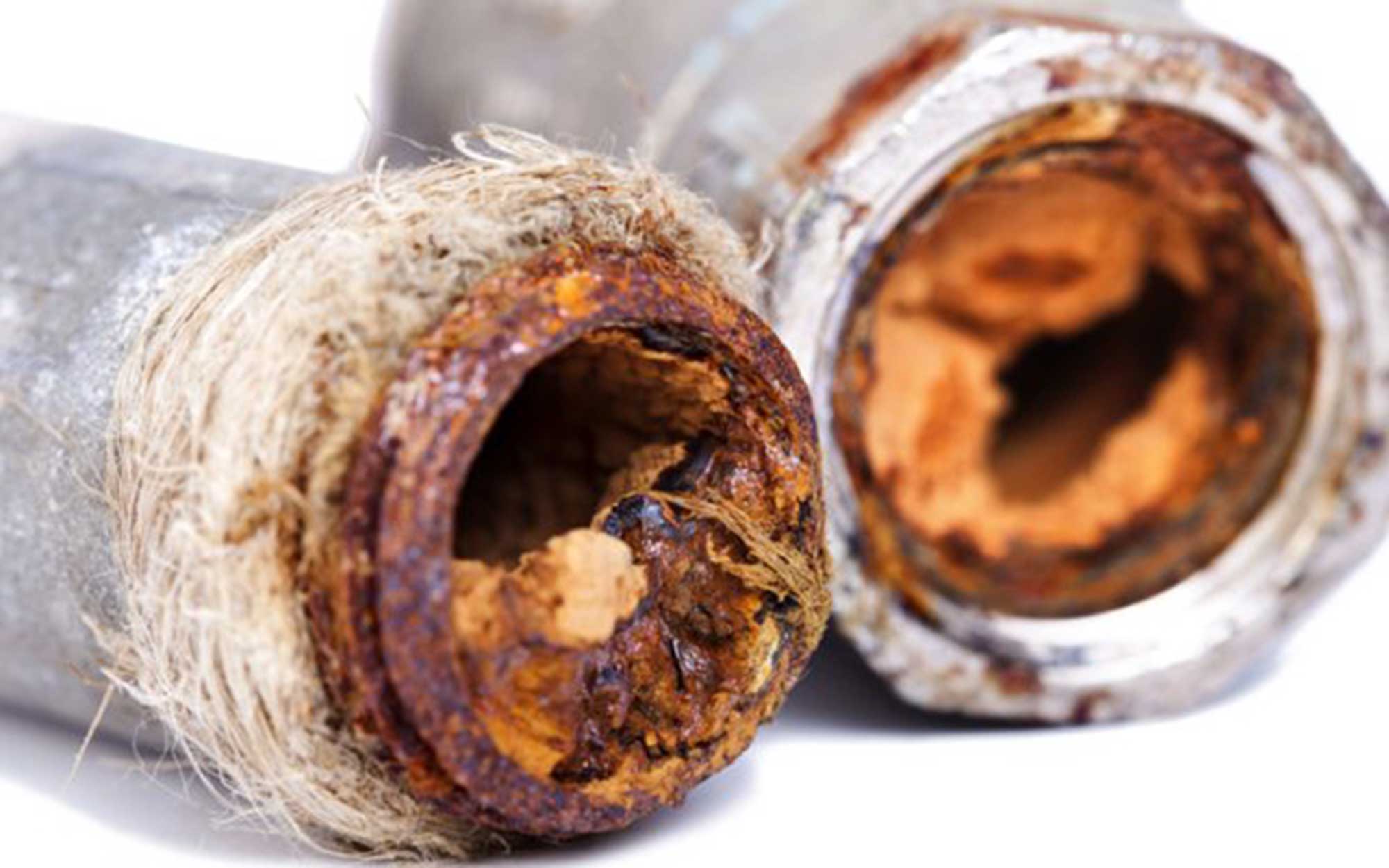Noisy Plumbing Issues SOLVED!
Noisy Plumbing Issues SOLVED!
Blog Article
We have uncovered this great article involving Why Do My Pipes Make Noises below on the web and decided it made good sense to talk about it with you in this article.

To diagnose noisy plumbing, it is important to figure out very first whether the unwanted audios take place on the system's inlet side-in other words, when water is turned on-or on the drain side. Sounds on the inlet side have differed reasons: extreme water pressure, used shutoff as well as tap components, incorrectly connected pumps or other devices, improperly placed pipeline bolts, and plumbing runs containing too many limited bends or other constraints. Noises on the drain side generally come from poor area or, just like some inlet side sound, a format containing limited bends.
Hissing
Hissing noise that takes place when a tap is opened slightly usually signals extreme water pressure. Consult your neighborhood public utility if you presume this problem; it will certainly have the ability to tell you the water stress in your location as well as can install a pressurereducing shutoff on the inbound water supply pipeline if required.
Thudding
Thudding sound, often accompanied by shuddering pipelines, when a faucet or device valve is switched off is a condition called water hammer. The sound as well as resonance are triggered by the resounding wave of pressure in the water, which suddenly has no location to go. Sometimes opening up a shutoff that discharges water promptly into an area of piping having a restriction, joint, or tee fitting can generate the exact same problem.
Water hammer can typically be healed by installing installations called air chambers or shock absorbers in the plumbing to which the trouble valves or faucets are attached. These devices enable the shock wave developed by the halted flow of water to dissipate airborne they have, which (unlike water) is compressible.
Older plumbing systems may have brief upright areas of capped pipe behind wall surfaces on tap runs for the exact same purpose; these can ultimately loaded with water, reducing or ruining their performance. The cure is to drain pipes the water supply completely by turning off the major water supply valve as well as opening up all faucets. After that open the primary supply shutoff and also close the faucets one by one, beginning with the faucet nearest the valve as well as finishing with the one farthest away.
Babbling or Screeching
Intense chattering or shrieking that happens when a valve or tap is turned on, and that normally disappears when the fitting is opened completely, signals loosened or malfunctioning interior components. The remedy is to replace the valve or tap with a brand-new one.
Pumps and home appliances such as cleaning machines and dishwashing machines can move motor noise to pipelines if they are poorly attached. Link such products to plumbing with plastic or rubber hoses-never stiff pipe-to isolate them.
Various Other Inlet Side Noises
Creaking, squeaking, scraping, snapping, and also tapping typically are triggered by the development or tightening of pipes, typically copper ones supplying warm water. The noises take place as the pipelines slide against loose fasteners or strike nearby house framing. You can frequently pinpoint the location of the problem if the pipes are exposed; just adhere to the noise when the pipes are making sounds. Most likely you will uncover a loose pipe wall mount or a location where pipelines exist so near to floor joists or other framing items that they clatter versus them. Affixing foam pipe insulation around the pipelines at the point of contact should correct the trouble. Make sure bands as well as wall mounts are safe as well as give adequate assistance. Where feasible, pipeline bolts ought to be affixed to huge architectural components such as structure walls rather than to framing; doing so lessens the transmission of vibrations from plumbing to surfaces that can magnify as well as move them. If connecting bolts to framework is inevitable, cover pipelines with insulation or various other durable material where they contact fasteners, and also sandwich the ends of brand-new fasteners between rubber washing machines when installing them.
Dealing with plumbing runs that struggle with flow-restricting limited or numerous bends is a last resource that ought to be embarked on only after getting in touch with a skilled plumbing contractor. Unfortunately, this situation is fairly usual in older residences that might not have actually been developed with indoor plumbing or that have seen several remodels, especially by beginners.
Drain Sound
On the drainpipe side of plumbing, the principal goals are to eliminate surfaces that can be struck by dropping or hurrying water as well as to insulate pipes to have inevitable sounds.
In brand-new building, tubs, shower stalls, toilets, and also wallmounted sinks as well as basins need to be set on or versus durable underlayments to reduce the transmission of noise through them. Water-saving bathrooms and also taps are less noisy than conventional designs; install them as opposed to older kinds even if codes in your area still allow utilizing older fixtures.
Drains that do not run vertically to the cellar or that branch right into horizontal pipeline runs supported at flooring joists or various other framing present specifically bothersome noise troubles. Such pipes are large sufficient to radiate substantial vibration; they additionally bring significant amounts of water, which makes the circumstance worse. In brand-new construction, define cast-iron soil pipelines (the big pipelines that drain toilets) if you can afford them. Their massiveness consists of much of the noise made by water passing through them. Also, prevent routing drains in walls shown to bedrooms and also rooms where individuals gather. Wall surfaces having drainpipes must be soundproofed as was described earlier, making use of dual panels of sound-insulating fiberboard and also wallboard. Pipes themselves can be wrapped with unique fiberglass insulation created the function; such pipelines have an impervious vinyl skin (often having lead). Results are not constantly acceptable.
WHY IS MY PLUMBING MAKING SO MUCH NOISE?
This noise indeed sounds like someone is banging a hammer against your pipes! It happens when a faucet is opened, allowed to run for a bit, then quickly shut — causing the rushing water to slam against the shut-off valve.
To remedy this, you’ll need to check and refill your air chamber. Air chambers are filled with — you guessed it — air and help absorb the shock of moving water (that comes to a sudden stop). Over time, these chambers can fill with water, making them less effective.
You’ll want to turn off your home’s water supply, then open ALL faucets (from the bathroom sink to outdoor hose bib) to drain your pipes. Then, turn the water back on and hopefully the noise stops! If you’re still hearing the sound, give us a call to examine further.
Whistles
Whistling sounds can be frustrating, as sometimes the source isn’t easily identified. However, if you can pinpoint which faucet or valve that may be the cause, you’ll likely encounter a worn gasket or washer — an easy fix if you replace the worn parts!Whistling sounds from elsewhere can mean a number of things — from high water pressure to mineral deposits. Your best plan of attack here is to give our plumbing experts a call. We’ll be able to determine where the noise is coming from and what the cause may be, then recommend an effective fix!
Cracks or Ticks
Cracking or ticking typically comes from hot water going through cold, copper pipes. This causes the copper to expand resulting in a cracking or ticking sound. Once the pipes stop expanding, the noise should stop as well.
Pro tip: you may want to lower the temperature of your water heater to see if that helps lessen the sound, or wrapping the pipe in insulation can also help muffle the noise.
Bangs
Bangs typically come from water pressure that’s too high. To test for high water pressure, get a pressure gauge and attach it to your faucet. Water pressure should be no higher than 80 psi (pounds per square inch) and also no lower than 40 psi. If you find a number greater than 80 psi, then you’ve found your problem!
Next step is to give us a call in order to install a pressure regulator. Trust us, you don’t want to wait to resolve this issue. Not only is the sound annoying, but high water pressure can be destructive to your home — including damaging certain appliances, like your washer and dishwasher.
Dripping
You might be accustom to the slow quiet drip your kitchen faucet makes. You might have even tuned out your bathroom sink dripping and drabbing all day long — but it’s time to find its cause.
A slow drip could signify a variety of easy to fix issues, such as a worn out O ring, or loose part. And by ignoring the drip, you could be wasting up to 2,000 gallons of water a year! So start conserving water — get it looked at ASAP.
https://www.pwessig.com/blog/2018/december/why-is-my-plumbing-making-so-much-noise-/

We had been brought to that report about How To Fix Noisy Pipes through a friend on our other web blog. In case you enjoyed reading our page plz don't forget to pass it around. Many thanks for taking the time to read it.
Click Here! Report this page